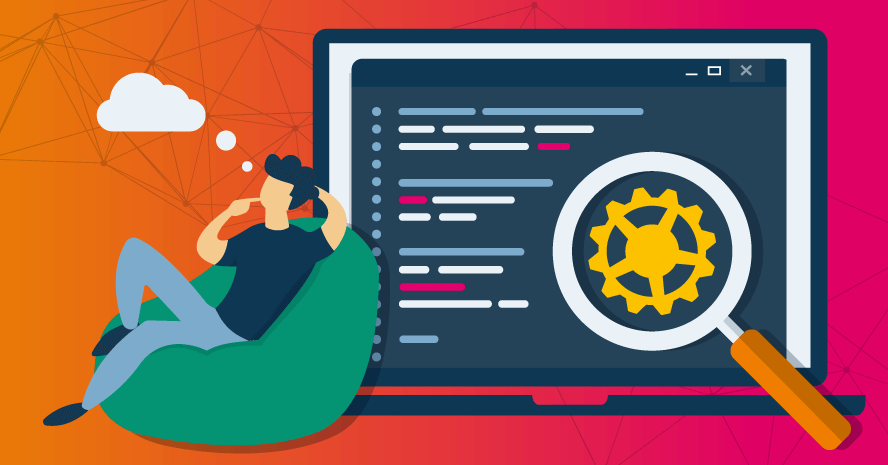Last updated on April 8th, 2024 at 07:18 am
Although continuous testing is changing into a typical application nowadays, embedding another layer of security oversight is a few things not promptly undertaken by most organizations. It’s straightforward to know why.
Even though there are numerous top security testing companies, implementing continuous testing is already an enormous endeavor while not adding another layer of security on prime of it. For continuous testing to figure out, each development and QA check group ought to get along to outline the tests early, develop the check-driven or behavioral-driven test cases, and guarantee sensible check coverage. To run a prospering continuous testing operation, they’re going to additionally ought to have an entire check setting on demand, with dev-friendly tools (such as code, CI/CD integrations, and support open source) for the assorted development and check teams’ use. These environments ideally ought to be prepared for the assorted on-demand wants from unit check to integrated, functional, regression, and acceptance check wants and have the power to provide the correct check knowledge thus groups will perform comprehensive tests with production-like knowledge. With continuous testing, the assorted styles of tests square measure dead seamlessly within the completely different environments and at every stage of the continual pipeline and in several environments that it gets deployed to. Tests square measure triggered mechanically by events like code arrival or code changes. Continuous testing aims to make sure prompt feedback to alert the team of issues as quickly as doable.
Continuous testing becomes more durable and longer because it progresses toward the assembly setting. The depth of testing additionally progresses because the simulation setting gets nearer to production. you wish to slowly add a lot of tests and a lot of sophisticated tests because the code matures and setting complexness advances. The likelihood is a similar check case developed earlier wouldn’t be run throughout the SDLC. The check cases ought to be updated every time important changes are introduced. The automatic scripts ought to be updated at the various phases of testing because the code becomes seasoned and progresses to the next level of setting wherever configurations and infrastructure additionally advance till it reaches production.
Even the time required to run the tests will increase because the testing progresses toward the discharge purpose. As an example, a unit check may take little or no time to run, whereas some integration tests or system/load tests may take hours or days to run. With the number of time and energy needed to execute end-to-end continuous testing, it’s no marvel automatic security tests lag behind alternative styles of automation efforts (e.g., automating build, and release), in line with Google’s State of DevOps report.
For organizations that have security check practices and tools designed into their continuous testing and delivery pipeline, it’s common to search out SAST and/or SCA tools deployed in their automatic pipeline. These tools have their place within the SDLC, and in truth, they’re necessary early within the SDLC to assist in secure proprietary codebases and external dependencies like open supply and third-party code. This could serve during a controlled setting, with controlled codebases that guarantee sure user experiences.
Unfortunately, the code app development and delivery paradigm have shifted from monolithic to today’s extremely distributed computing model. There are multitudinous code parts and event-driven triggers because of technologies like microservices design, the cloud, APIs, and server-less functions in today’s fashionable, composite-based applications. And a few crucial vulnerabilities and exploits can’t be anticipated or caught in early development phases—they don’t get triggered till application runtime tests once the assorted parts square measure integrated. The sheer volume of apps that a company owns and should manage today—from internal proprietary codebases and applications to third-party parts and APIs—contributes to the expansion of unforeseen attack surfaces.
Therefore, it’s a lot of crucial than ever to include fashionable DAST approaches to testing, significantly people who will augment the continual testing and CI/CD pipeline with the smallest amount of friction.



